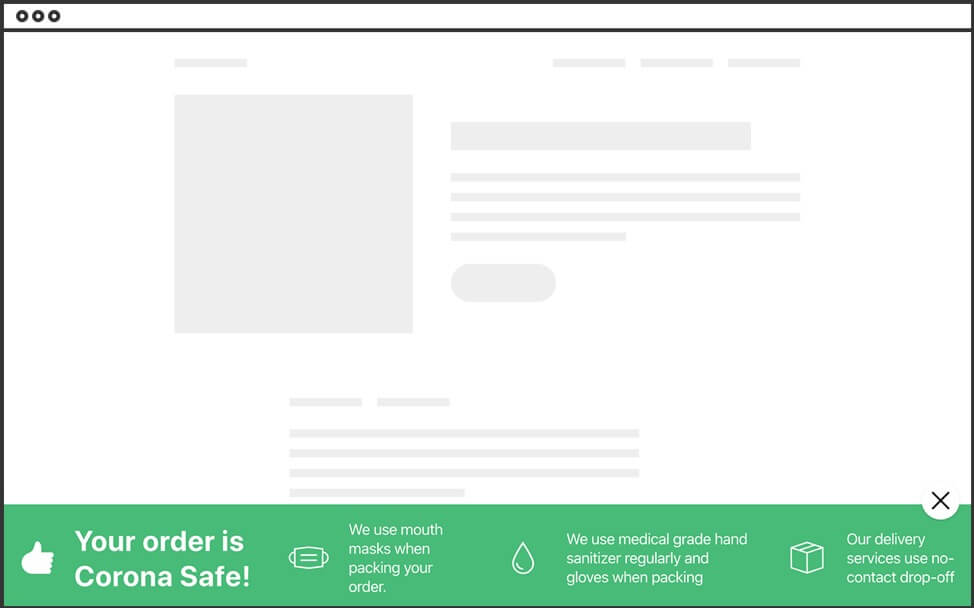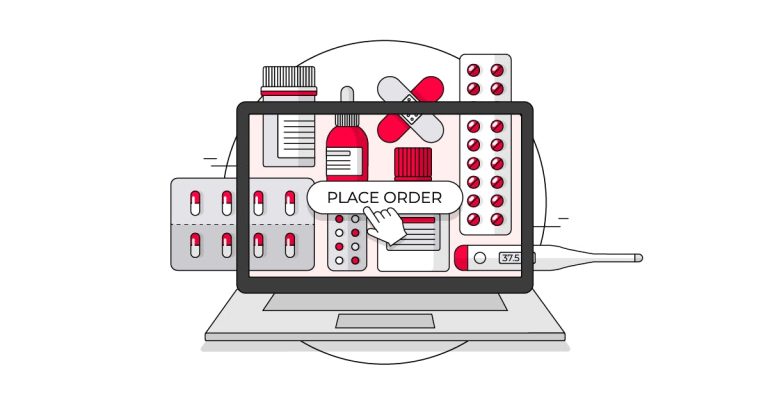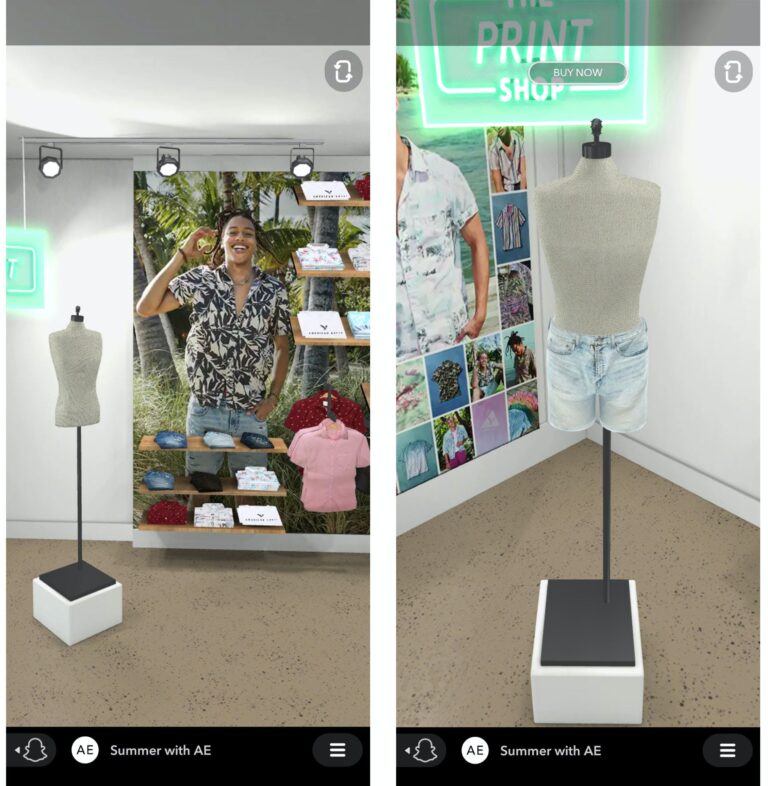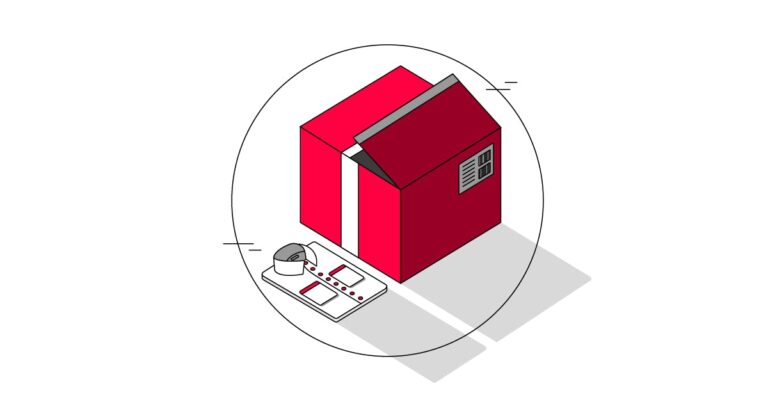You should now have 3 short bullet point texts we’ll be using in the banner.
You can do these steps alone or share the flow with your team members so they can expertly push it to the next level.
- gather insights and data,
- use that insight to create a concept/solution,
- turn it into an A/B split test,
- how to run the test and analyze results,
- how to decide if it’s a winner or a loser.
Why This Test
After the test is live, double-check your test again. If everything works (conversions, traffic, a/b redirects,…), you’ve done everything ok. Some ecommerce stores even make test payments to be 100% sure, but it depends on what the test is.
If it’s broken, it won’t convert, so this is an important step which actually applies to your full store, all pages, especially cart and checkout. These fixes can also help you recover lost sales. Again, Google Analytics shows you the drop-off visitors so you can see where the gains are.
If the test is a fail, that’s good too, learn from it, optimize and try again. Maybe the messages weren’t right. Try creating new ones and test again.
I recently observed that conversion rates and sales already started going down (due to widespread panic, fear of ordering, customers being unclear about how packages are handled, etc.). My hypothesis then was that talking about the precautions and safety concerns directly would make the visitors feel safer and trust an ecommerce more. We can measure this impact using the conversion rate for all sales.
Even if you have 200 conversions on the next day, leave the test for at least 1 week before looking at the data and the results.
Hypothesis
You or your company may now be in the defensive or offensive mode, so you’re looking for ways to fix things quickly.
The Solution
Make sure you run the A/B test on sites that have enough traffic and sales. If not, you’ll get false results. Each decision you make from this point forward, based on these results, will be wrong as well. This could cost you months of time and resources, so be careful.
In some cases, fear can be complex and it’s hard to explain in one sentence. You can always make a dedicated page or a modal and link to it via a “learn more” option.

Don’t limit yourself in the message format or text size. Your goal is to counter fear and concern as much as possible. If you need to explain it with diagrams to make the information easier to understand, do it. Want to make it personal? Make a video of your CEO giving the message.
Start with your customer service as they have the data and the insights about your customers. They should know their fears and pains.
If your industry saw no change in sales or even an increase, this solution should increase your sales even further.
1. Talk to Your Customer Service & Directly to Customers
You may need a developer to sort the code and make some changes if needed. If you’re a solopreneur, you should have the tools and knowledge at your disposal to make it work by yourself as well.
With conversion rate optimization, you can never really fail. If you win, great. If it doesn’t work out, you just saved your company from making a big mistake and losing money going down that road.
Live Preview: https://coronasafe-banner.hren.io
Use the task checklist below or share it with your team in charge of the testing. Make sure to include someone each time to get the best results out of it.
2. The Copywriter Creates the Message
A frontend developer should also help check the A/B testing tool snippet integration to see if everything works as it should.
Create a fixed bottom banner that showcases the safety measures you took and communicates them directly to each customer. This should increase trust and confidence in your brand.
Its communication applies to the current situation, so it will improve the customer experience. Caring for your customers is the easiest and cheapest way to influence them and create fans.
Analyze the answers to come up with the three most common concerns raised by the customers.
As a conversion optimization consultant, I’ve been working closely with some ecommerce sites to mitigate the coronavirus damage and get their sales up. This test results from my desire to help stores at a scale and to tackle the current pandemic effect on ecommerce directly.
Your brand should already communicate strategically with a well-thought out tone of voice and attitude, so make sure the messages you share are relatable.
You need to understand that a big enough sample and conversions are needed so you can trust the data. Otherwise, you’re just looking at irrelevant data. If you’re blindly basing decisions on it, you waste time, money, energy and even damage your business.
3. Frontend Developers Sort the Code
In these challenging times, ecommerce businesses need to adapt quickly to stay afloat. I came up with this idea to help ecommerce owners maintain and even increase their sales in times of crisis. This test uses your customers’ voices to create a prominent notification that communicates the safety of ordering online at your ecommerce store.
Leave the test running for a few days, check if everything is ok again and the data “looks ok”. Leave it for a few days again or until the tool tells you if the test is positive or negative. Don’t trust the tools though, make your own decision meaning leave the test running more if needed.
As this test is directly tied to the visitors, it’s a good idea to gather data and more insights at the source. Ask your customer service, support or live chat team what new questions showed up that are tied to the coronavirus, what fears or holdbacks customers have, etc.
Example:
Customer: “I fear I can get infected when collecting my order.”
You: “Our delivery services use no-contact drop-off”
You can either copy/paste the test idea (find the code in the resources below) or take it a couple of steps further, by customizing it (and hopefully increasing your success rates).
4. Marketing/Advertisers
You can even ask your customer service for more questions or details about your customers. We always tend to assume how our customers feel or think, but you’d be surprised how little we know about them.
There are so many crucial elements to know here. If you can, allow someone experienced like a conversion consultant or a data analyst to take a look and suggest the next steps.
If your industry has been hit by the coronavirus and your sales are down, this solution should mitigate and recover some sales.
You ran this test, now don’t stop here. You can apply the same process to various situations you’ll probably encounter in the future. Use the voice of the customer, and analyze their fears, problems or wishes to make a change.
Give your findings about the main concern points to your copywriting team. They should now be able to turn the customer negatives into positive messages. For whatever problem you learn about, your message should be the solution.
The above is a rule of thumb, but to be more specific and get solid results, check this Duration calculator form CXL.
If the test is a success, great, deploy it live.
5. Start the Test
Try to focus on the majority of users and their tech combos. You may opt to leave out those 0.5% Opera users, time spent fixing this won’t give you a return.
Try using the things you learned through tests in different mediums, like email. Think of other customer touchpoints where you could use this test and that could move the needle.
When everything comes into place and the checklist is done, you can start the test in your tool of choice (Google Optimize, Convert.com, etc.).
What you learn here can be executed in different ways, so make sure to test and deploy the winners.
If this test is a success on one of your sites, there’s a big chance you can deploy it safely to others without testing. Just measure it and be careful.
It’s not about you (even if you’re struggling with sales). It’s about your customers and helping them wanting nothing in return. This is especially important, because if you’re too pushy, or even beg, you will lose your customers.
Be honest, be fair, be reassuring, be the real you.
Test Checklist
If you end up testing it (and you should), please share the results with me at darjan@hren.io. I’d love to learn more about its performance and there’s a chance we can improve this even further.
Stay safe.
Customer Service/Support
- Find what questions customers have about the coronavirus (keyword “corona”)
- If possible, find related questions to this case
- Data will show which message to write and if it’s even worth doing this test + if the message is according to your company measures
Copywriter
- Short analysis and overview of answers
- Prepare the copy for the banner based on the analysis of the questions (3x sentences, if needed, add a new title as well)
- Prepare translations, if needed
Designer
- If needed, redesign the example concept to fit your site’s look & feel and branding guidelines
Front End Dev
- Check the code from my example if it’s possible to reuse quickly or use the source code
- Help with setting up Variation B – if the code is ok, add <script /> <style/> in <div id=”coronasafe” /> elements as HTML to Variation B
- If the code isn’t ok, fixes need to be applied (ex. z-index, fonts,…)
- Test mobile and desktop view for relevant browsers (check GA for data) and CSS fixes (test tools have a preview option to help with this)
- Check the snippet integration on the site (ex. GTM)
Marketing/Advertisers
- Look into which website has the most traffic and the lowest conversion drop (you can test multiple stores).
- Prepare the A/B test in your tool (ex. Convert, Google Optimize,…) + integrate it into your site
- Variation A is the original, without the banner
- Variation B is the new banner
- 50/50 split of traffic – it’s important that the test is set up for all pages (ex. home + all subpages, all products,…). It’s also important NOT to show the banner on cart/checkout pages.
- Start the test
- After the test is live, double-check if everything is ok
- Follow stats to see if the test is running ok
Conclusion
Try to get at least 200 conversions in the 2 weeks of the test running. You will need to look into the stats and decide to let the test run longer if needed. This is where experience comes in.
In this article, you will learn how to:
Make sure the code is tested on the most used browsers (Chrome, Firefox, Edge, etc.), devices (mobile, desktop) and operating systems (Windows, OSX, etc.). Google Analytics does a good job here so you can get a solid list.
Drop all assumptions and really understand your customer’s concern points so you can find ways to solve their pains and be a hero.
Also, if the new test variation does well (+50%), you may need less traffic/conversions for tests that are maybe 5-10%.








